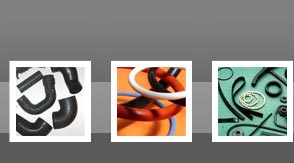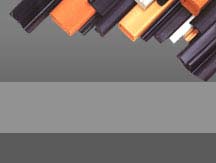There are inherent weaknesses of rubber tires. Tread
separation, dry rot and a complicated and time-consuming production process
are all associated with rubber tires�all these factors lead
to the development of an alternative tire material and many attempts have
been made in this regard. Way back in 1950s, tire companies were
experimenting with making tires out of polyurethane, but they were not
successful in creating that formula that would yield performance as good as
that of rubber and so the idea was given up. However in recent years, again
attempts have been made to develop polyurethane auto tire that can go toe to
toe with rubber.
Polyurethane is a fully reacted polymer, widely varying in flexibility and
usually used in tough chemical-resistant coatings, adhesives, and foams.
With rubber, there are many un-bonded elements which are left over from the
vulcanization process and as the tire ages, this process leads to hardening,
cracks and more frequent trips to the tire store. Moreover, the cost of
production is also involved. Making rubber tire is a complex undertaking
which is expensive as well as time consuming.
Though cheap polyurethane tires won't sell if they don't perform in the
same way as rubber, the polyurethane tires with correct formulations have
been proved to 45% better than the competitive test tire in rolling
resistance, leading to the fact that a car equipped with polyurethane tires
could get up to 10% better fuel economy. These figures have drawn the
attention of at least three unnamed automakers interested in the technology,
one of which is already testing prototypes.





